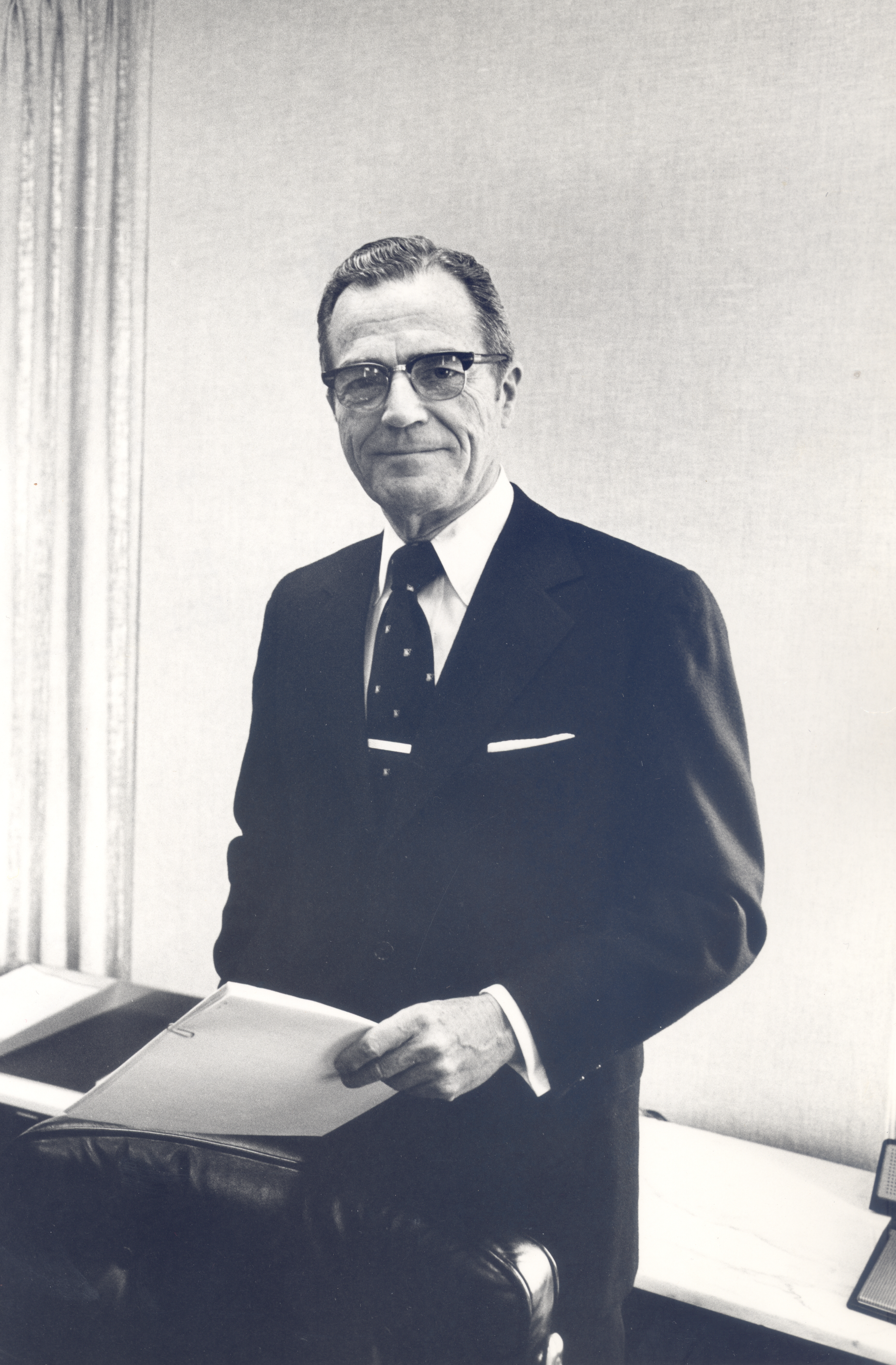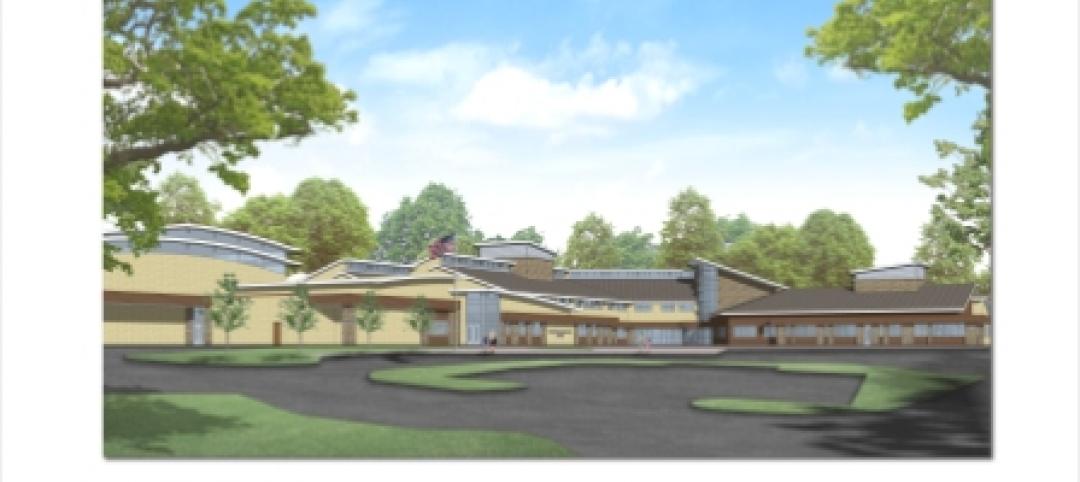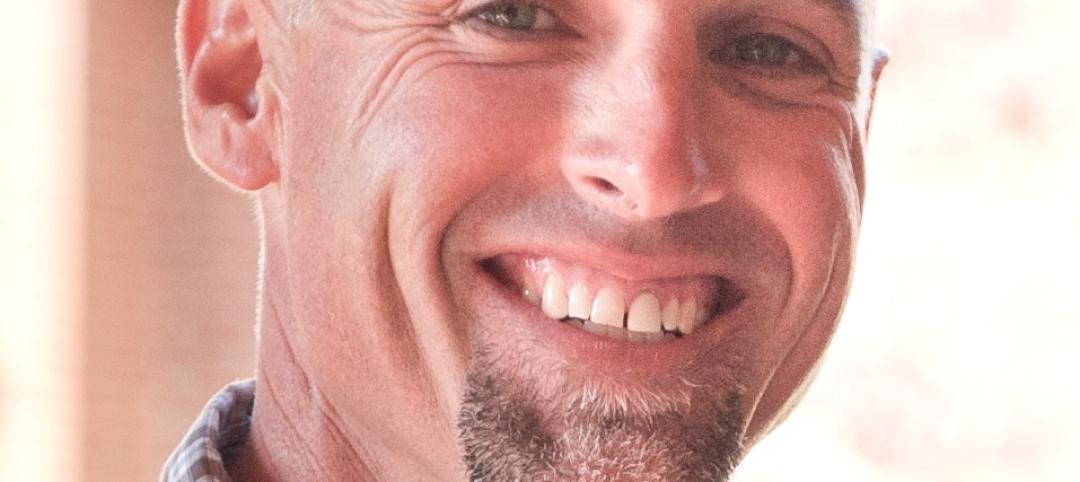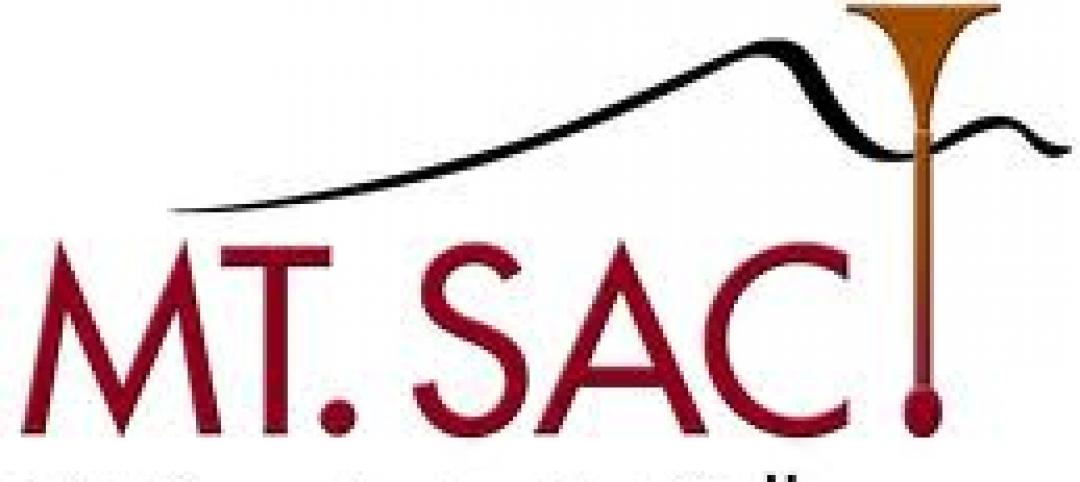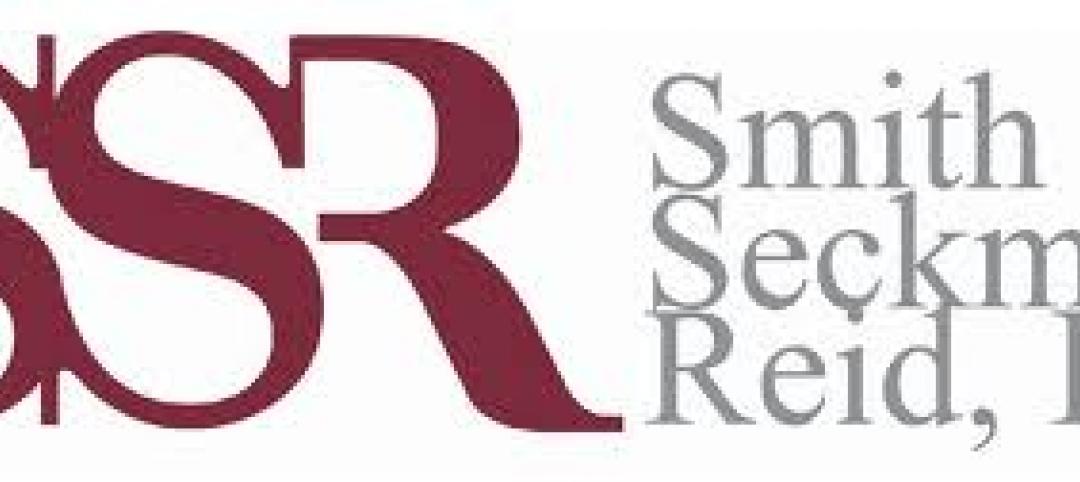Howard Sinclair Turner recently passed away after a short illness at Bryn Mawr Hospital at the age of 100. He was the last member of the founding Turner family to take the helm of the Turner Construction Co., one of the largest international construction management companies.
Turner Construction was founded in 1902 by Howard Turner’s uncle, Henry Chandlee Turner and quickly found its niche in the construction industry using the new material of reinforced concrete.
Born in Jenkintown, Pennsylvania in 1911, Howard Turner was the second of three sons of J. Archer Turner, Jr, who was President of the Turner Construction from 1941 to 1946. Howard graduated from Swarthmore College in 1933 and was subsequently elected an honorary member of Phi Beta Kappa. He completed a doctorate in organic chemistry and chemical engineering in 1936 from the Massachusetts Institute of Technology (MIT). He married Katharine (Kay) Swett, whom he met on a blind date, and they remained married until her death in 2003.
After graduating from MIT, Turner worked as a research chemist with the DuPont Corp. where he worked on novel uses, including for parachutes and food packaging, of a new synthetic material – nylon. He then joined Pittsburgh Consolidation Coal Co. in 1946 to lead their new research and development division. In 1954, Turner joined Jones & Laughlin Steel Co. as the vice president of research and development.
Turner joined the Board of Directors of Turner Construction in 1952. In 1965, he was selected to serve as President of Turner Construction. He served as President and Chief Executive Officer from 1968 to 1971. Turner served as Chairman of the Board from 1971 to 1978. From 1978 to 1982, he served as Chairman of the Executive Committee.
Under his leadership, the company grew from seven offices in the U.S. to operations in 20 cities; the company’s community affairs program was formalized and the Turner School of Construction Management for minorities and women was established; and the company’s international division was launched with operations in four countries. The company's sales grew from $591 million in 1965 to $1.7 billion by 1978.
Turner was also very active outside his responsibilities as the leader at Turner Construction. He served as a director of GAF, Teacher’s Insurance and Annuity Assoc., Ingersoll Rand, ASARCO, Dime Savings Bank of New York, and Jones and Laughlin. He was a trustee of the Wistar Research Institute, Swarthmore College, Rockefeller Institute, and Washington College. At the request of various administrations, he was a member of technical advisory committees for the Department of Commerce and the Post Office. Of note, he served on President Nixon’s Science Advisory Committee until it was dissolved when the members disagreed with the President in testimony before Congress. In 1966, he traveled with a delegation to Vietnam to develop a report on developing health, education, agriculture by President Johnson. He was elected to membership of the National Academy of Engineering in 1983, one of the proudest achievements of his remarkable career. Always quite humble about his scientific abilities, Turner’s view was that his greatest contribution was the ability to connect research with application.
Through the years of his marriage to Kay, they were inveterate travelers to Europe, Asia, Central and South America, and Australia. At the age of 82, he traveled to the North Pole on a nuclear-powered Russian ice breaker. He is survived by his three daughters, Susan Turner, a social worker of Boston, Holly Turner, a lawyer, (Don Carmichael) of Edmonton, Canada and Barbara Jean Turner, a physician-researcher, (Francisco Gonzalez-Scarano) of San Antonio, formerly of Wallingford and a Professor at the University of Pennsylvania, as well as seven grandchildren and four great grandchildren.
A Memorial Service after the manner of Friends will be held on Saturday, May 5th at noon at the Swarthmore Meeting House with a reception to follow. Donations in lieu of flowers can be made to the American Friends Service Committee or the Carter Center. BD+C
Related Stories
| Jan 31, 2012
Suffolk Construction to manage Lawrence & Memorial Hospital Cancer Center project in Waterford, Conn.
Leading construction management firm overseeing one of first healthcare projects in the country to utilize innovative IPD process.
| Jan 31, 2012
Perkins Eastman’s Miller appointed Chairman of the AIA International Committee
International expertise leveraged as global industry resource.
| Jan 31, 2012
KBE selected for school project in Waterbury, Conn.
Located adjacent to the existing elementary school, the $28 million, 82,000 s/f Pre-K to eighth Grade school is expected to host its first students in the fall of 2013.
| Jan 31, 2012
Construction Law Firm Allensworth & Porter, LLP adds May to the firm
Prior to joining Allensworth & Porter, May served as the staff attorney for the Texas Civil Justice League, and was responsible for drafting, analyzing, and tracking civil justice and business-related legislation during the 82nd Legislative Session.
| Jan 31, 2012
Skanska USA Civil promotes Bradley to southeast general superintendent
In Bradley’s new position, he will manage field operations for all Skanska Civil projects in the southeast.
| Jan 30, 2012
Siemens and Air-Ex Team deliver building controls training to Mt. San Antonio College students
Siemens contributes training modules and technology to support hands-on courses.
| Jan 30, 2012
Hollister Construction Services to renovate 30 Montgomery Street in Jersey City, N.J.
Owner Onyx Equities hires firm to oversee comprehensive upgrades of office building.
| Jan 27, 2012
Caterpillar reports record sales and profit for 4Q and full-year 2011
Momentum carries into 2012 with sales and revenues outlook raised to $68 to $72 billion.
| Jan 27, 2012
Smith Seckman Reid opens two new offices
Smith Seckman Reid, Inc. (SSR), an engineering design and facility consulting firm, has opened two new offices, one in Chicago, the other in Washington, D.C.
| Jan 27, 2012
BRB Architects designs new campus center for Molloy College
Intended to be the centerpiece of the College’s transformation from a commuter college to a 24-hour learning community, the “Public Square” will support student life with spaces such as a café, lounges, study rooms, student club space, a bookstore and an art gallery.


